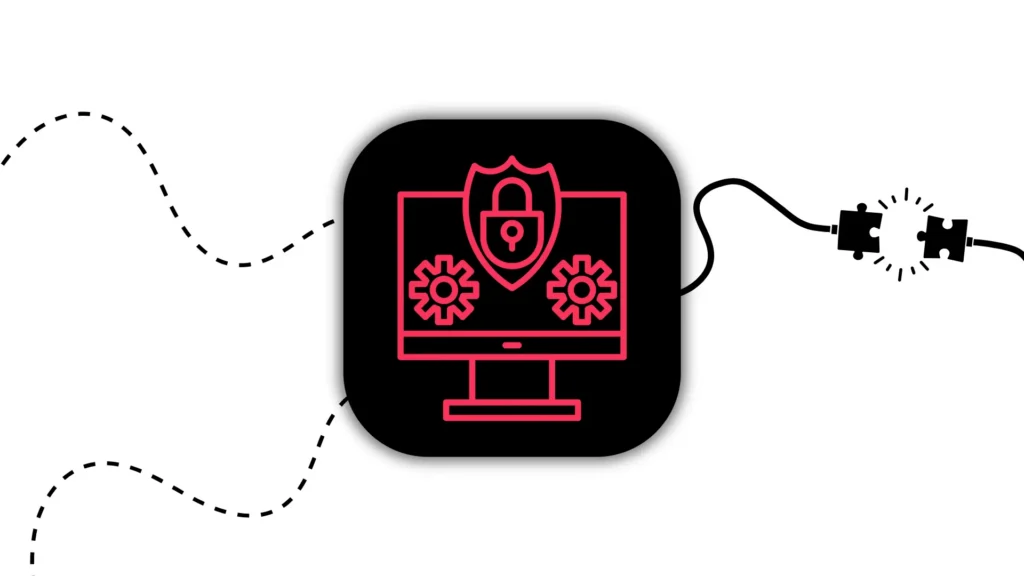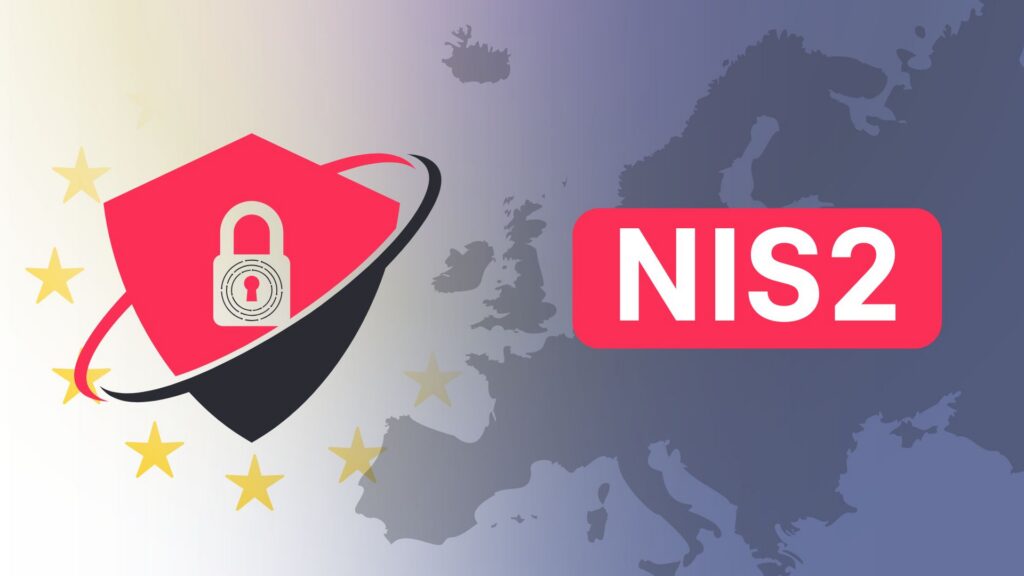In a surge of AI hype and nearly bipolar social opinions on tech, business leaders face a confusing choice of technologies.
We looked at the recent WalkMe study and found that large enterprises wasted $104 million last year due to underused technology and disjointed strategies. Plus, nearly half of IT investments delivered no ROI, and 43% of tech stacks grew more complex in three years.
More technology did not automatically mean better results. Today’s leaders must avoid “stack chaos” by cutting through hype with clarity.
In this piece, we’ll step away from the noise and look at what truly matters when choosing a tech stack. We’ll share the principles, trade-offs, and organizational realities that determine whether technology actually drives progress.
#1 Start with Strategy, Not Shiny New Tools
Board members today expect every technology dollar to return measurable business value. As they should be…
It’s crucial today, more than ever, to tie every project to a business outcome and simplify the IT estate. In practice, that means documenting your goals (revenue growth, customer experience, cost savings, etc.) first. Only then, asking: what tech truly enables those goals?
It also means connecting leadership (CIO, CFO, CDO) to set clear metrics (return on objectives as well as ROI) for each initiative.
#2 Align Technology with Business Vision

Lead with problems, not solutions
The smartest technology decisions start with clarity, not curiosity. Too often, companies chase new tools before defining what they actually need to fix.
The right question isn’t “What AI solution could we use?” but “What business problem are we solving, and why now?” When you begin from that place, technology becomes a deliberate response, not a distraction.
Tie every choice to an outcome
Every piece of technology should earn its place by moving a business metric that matters. For you, these could be efficiency, growth, customer satisfaction, and cost reduction.
If it doesn’t move one of those needles, you probably won’t see digital transformation ROI. Map the link between IT decisions and business outcomes so leadership can clearly see how technology drives value.
Measure success in business terms
A project is not successful because it shipped on time or migrated to the cloud. It’s successful when it makes work faster, automation more efficient, data clearer, customers happier, or margins better.
Frame each initiative in before-and-after impact, not just delivery milestones.
Bring leadership and teams together early
Choosing a tech stack is a collective decision. Finance, operations, marketing, and IT all see different parts of the same system. When they make decisions together, adoption grows naturally and so does confidence in the outcome.
#3 People, Culture, and Skills Matter More Than Tech
So many research papers show that digital transformations mostly fail, not because of the tech, but because of culture and people.
One expert bluntly noted, and we loved it, that “culture eats strategy for breakfast”. In practice, this means your choice of tools must fit the skills, the mindset, and working style of your people. Therefore:
Start with the team
In early stages, use “whatever is affordable and fastest” and that your team already has expertise in while also considering the long-term use.
Conversely, if you run the super complex project for years, you may just spend too much and get something that will quickly turn “old”.
Consider organizational structure
Every tech architecture will mirror your org’s communication flows. For example, if your R&D and customer support teams are siloed, the software will naturally evolve in separate pieces – which may be fine, or may force integration work later.
Try to be intentional. Redesign teams and processes if needed to match the modular architecture you want. If you’re insecure about where you are at the moment, let the experts run digital architecture analysis and see what the next best steps are from there.
Plan for training and change management
Adopting a new stack often means a new culture of work – agile methods, DevOps practices, or AI-driven workflows. Ensure you budget time and money for onboarding, documentation, and hands-on training.
The WalkMe survey noted that companies that train and engage users saw nearly 3× the digital ROI.
Ultimately, remember that any digital transformation starts with a supportive culture. The best tools in the world will fail if your staff don’t buy in or lack the skills to use them.
Investing “in your culture shift” can pay dividends by empowering the organization to use new tools effectively.
#4 Map Your Current Architecture

Most organizations underestimate how much value (and risk) lives in their existing systems. Legacy platforms are often the backbone of operations: critical, deeply integrated, and quietly reliable. But they can also carry hidden dependencies, security risks, and technical debt that compound over time.
Inventory your critical processes
List every key process that keeps your business moving (order management, supply chain, customer onboarding), and trace which systems support them. You’ll often discover overlaps, gaps, or entire tools that no one uses anymore.
This exercise isn’t about technology alone. It’s about understanding how your organization actually functions today.
Assess risk and resilience
Every legacy system has a tipping point. It’s the moment when maintaining it costs more than replacing it. Every company should review how exposed each system is to security, downtime, or support risks.
If a core application is nearing end-of-life or heavily customized beyond recognition, it’s time to consider modernization. Risk assessments shouldn’t be just a compliance step; they’re a strategic input for smarter investments.
Look for quick wins
Modernization doesn’t have to start with a massive rebuild. Often, small improvements, like moving reporting workloads to the cloud, introducing document processing to your business, or consolidating data sources, can deliver immediate benefits and free up resources for bigger shifts.
The key is to identify changes that simplify, not complicate, your stack.
Treat architecture as a living map
Technology is never finished. Your systems evolve as your business does, and that means your architecture documentation should evolve too.
Keep it visible, updated, and tied to real business objectives. It’s a navigational tool for every future decision.
#5 Balance Technical Trade-offs
This is where many teams get lost. They are attracted to features, frameworks, and benchmarks. The real discipline lies in trade-offs. Choosing the right stack is about finding what fits your business, team, and long-term goals.
Total cost and vendor lock-in
Every tool comes with a price beyond the license. There’s the cost of maintenance, integration, support, and eventually, replacement. Proprietary systems may offer convenience, but they often come with hidden dependencies and limited flexibility.
Before committing, think about your exit strategy. The right stack gives you leverage, not lock-in.
Scalability and longevity
The perfect stack today can be tomorrow’s bottleneck. What starts as a fast-moving monolith can quickly turn into a scaling problem when the business grows. If your roadmap includes expansion or frequent integration, build for modularity early.
On the other hand, if you’re testing an idea, speed and familiarity matter more than elegance. Choose technologies your team knows. Learn fast, prove value, and evolve the stack as you scale.
Integration and compliance
No stack exists in isolation. It must coexist with your systems, data, and governance model.
Verify early that new tools integrate smoothly and meet your compliance standards, especially in regulated industries. A tool that accelerates development but slows down audits or security reviews is a false economy.
#6 Focus On Practical Innovation
For every genuine breakthrough, there are ten loud claims about disruption. The truth is, most organizations fail because they chase the wrong thing too early, or without purpose.
Demand real use cases
Every vendor now claims to be “AI-powered.” The question isn’t whether the tool uses AI, but whether it solves a problem that actually exists.
Ask: what pain point does it remove, and how will we measure success? If the answer isn’t measurable, it’s probably not meaningful.
Beware agentic sprawl
The temptation to test every promising AI is strong. But when multiple departments run experiments independently, it creates a new form of technical debt. Think disconnected systems, duplicate data, and unclear accountability.
Establish clear governance for emerging technologies. Decide where experimentation belongs and where standardization matters. Innovation without coordination leads to chaos, not progress.
Don’t automate just to cut headcount
Many leaders rush to apply AI to existing workflows, hoping to make them faster. But true innovation often comes from redesigning the process itself.
The goal should be to amplify human capability. It’s to let people focus on creative, complex, and high-value work while technology handles the rest.
Invest in data and skills first
No amount of AI will fix poor data or untrained teams. Before introducing new technology, ensure your data is accurate, accessible, and governed. Then make sure your people understand how to use it.
A well-trained team working with clean data will outperform any stack built on top of confusion.
Keep curiosity, but stay skeptical
Being open to innovation doesn’t mean following every hype wave. It means testing carefully, learning fast, and scaling only when real value appears. The companies that will lead in the “AI era” are the ones that stay grounded, curious, and deliberate.
A Smarter Path Forward
Choosing a tech stack should be an exercise in strategy, not AI hunting.
Therefore, consider your goals, know your people and processes, understand your current systems, and weigh technology choices with clear-eyed pragmatism. We find it’s healthy to be both optimistic about innovation and skeptical of hype.
This calmer, smarter approach will pay dividends. In fact, by grounding decisions in data and use cases rather than marketing spin, this article itself aims to be a reference you’ll bookmark and return to when critical tech decisions arise.Ultimately, the right tech stack is the one that best serves your organization’s vision, capacity, and customers, not the one everyone else is chasing this week.
Similar insights

How to Pitch and Get Your Ideas Approved at Work
12/11/2025
12 AI Cyberattacks That Made CEOs Very Cautious
21/10/2025
14 Books Smart Tech Leaders Are Reading This Fall
07/10/2025
Protect Your Crown Jewels: The Heart of Your Cybersecurity
15/09/2025
How Renown Business Executives are Using AI?
12/08/2025
Think You’re Secure? PEN Testing Will Tell You
15/05/2025
NIS2 Compliance: A Simple Guide to Get It Done Right
15/05/2025
NIS2 Directive Explained: What Your Business Needs to Do Now
29/04/2025
Net Group Expands into Germany and Acquires Cybersecurity Company
04/04/2025
Let the success
journey begin
Our goal is to help take your organization to new heights of success through innovative digital solutions. Let us work together to turn your dreams into reality.